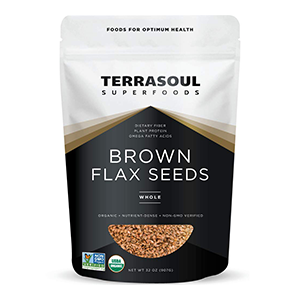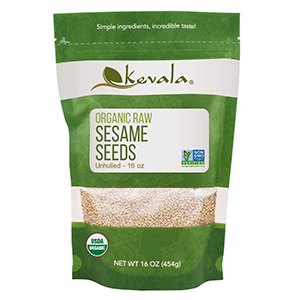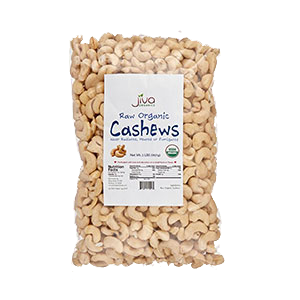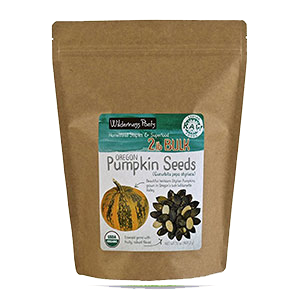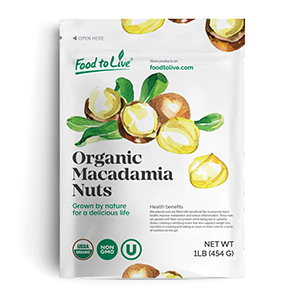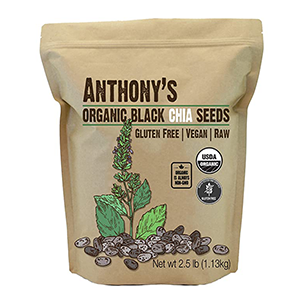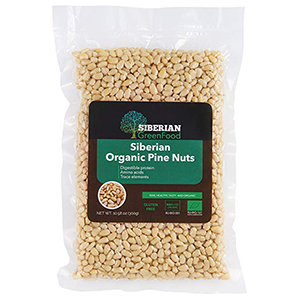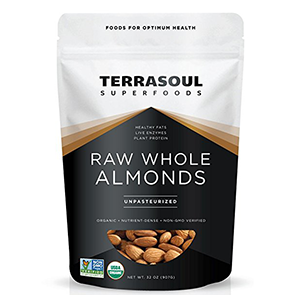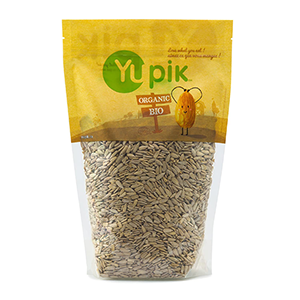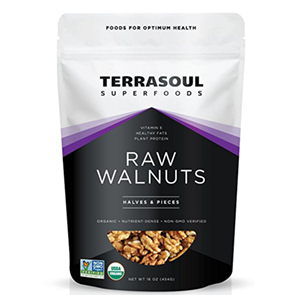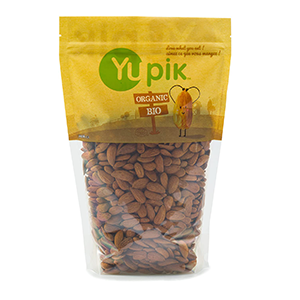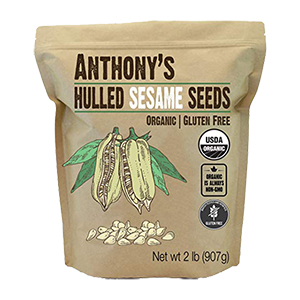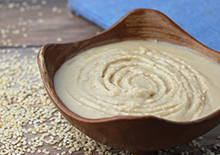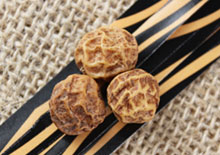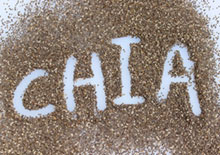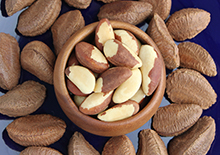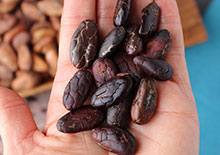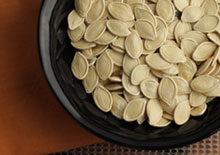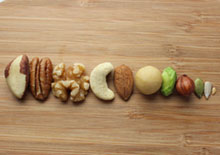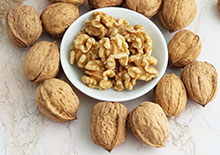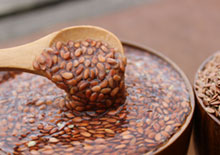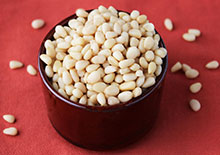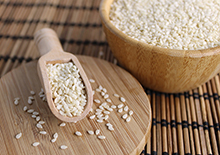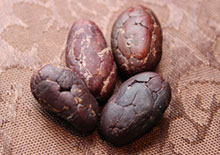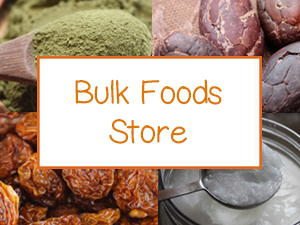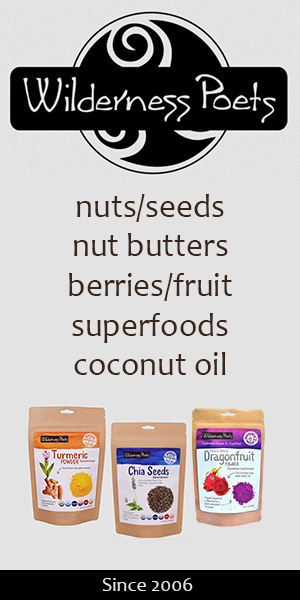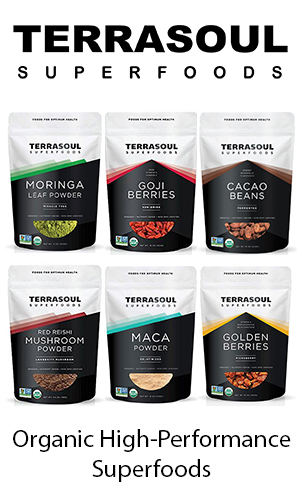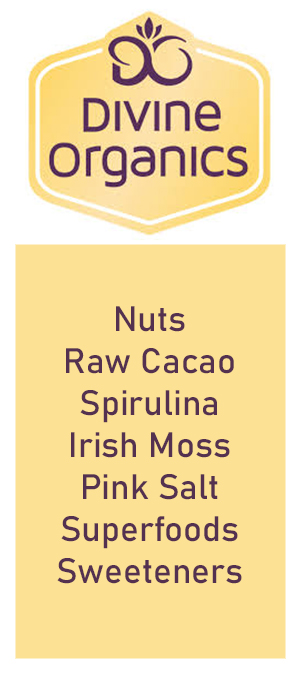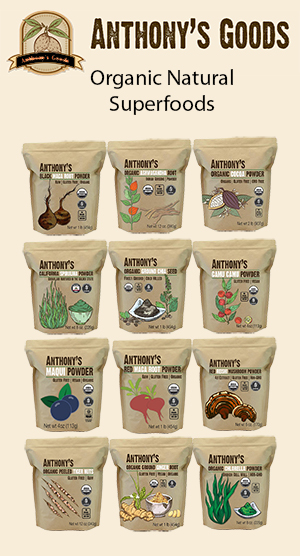- Home
- Nuts and Seeds
- Soaking Nuts and Seeds
Why Soaking Nuts and Seeds is Better for Nutrient Absorption
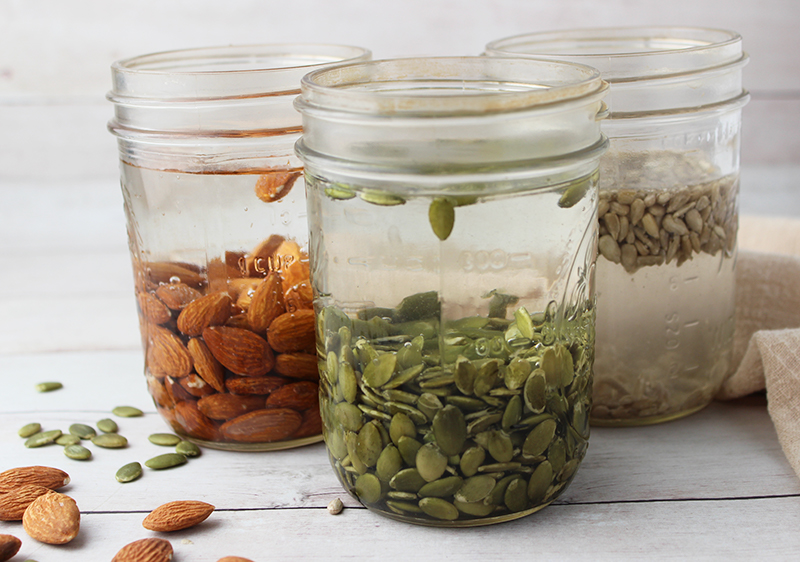
Soaking nuts and seeds for several hours then straining the water can be a great way to remove some of the digestive inhibitors that may prevent the complete absorption of the nutrients they offer.
Sometimes these substances are referred to as "antinutrients" because they cannot only prevent assimilation but also can cause digestive issues, like flatulence and bloating, especially when consumed in excess.
Phytates, Lectins, Oxalates and Enzyme Inhibitors
The main antinutrients in many nut and seed types that can make it
hard to digest the proteins, fats and nutrient content include phytates,
lectins, oxalates, and enzyme inhibitors.
Both seeds and most tree nuts
contain a form of bound phosphorus called PHYTIC ACID which naturally
serves to protect the seed until its germination process. However, when
humans consume dietary phytic acid its "phytates" tend to bind to
minerals such as iron, calcium, magnesium, and zinc in the intestinal
tract, in turn making them unavailable as a nutritional source.
In some research, phytic acid was reduced by pre-treatment methods like soaking.
More on Nut and Seed Nutrition Data
Phytic acid itself also acts as an enzyme inhibitor blocking some of the enzymes like protease, pepsin, and trypsin, needed for protein assimilation as well as amylase, which is required for converting starch into sugar. Other enzyme inhibitors may also include various tannins and goitrogens that may be present in larger amounts in certain nuts and seeds.
LECTIN is a natural toxin especially found in hard bean types but is also present in some nuts and seeds in fluctuating proportions. Known to cause gastrointestinal upset when consumed in high quantities, lectin content is significantly reduced by utilizing soaking and sprouting techniques.
Raw nuts and seeds are also high in OXALATES or oxalic acid, another type of "antinutrient" that can potentially bind to certain minerals like calcium and increase the risk of stone formation. If you consume a lot of nuts and seeds, soaking with an acid source like lemon juice can help to decrease the amount of oxalates present.
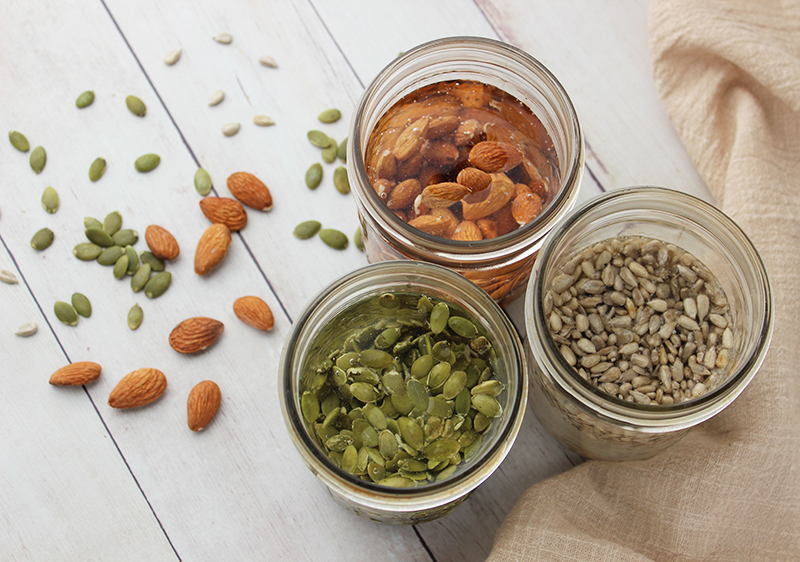
Soaking Nuts and Seeds
Phytates and other enzyme inhibitors can be eliminated or minimized by soaking the seed/nut in pure water for a number of hours. Usually, this can be achieved by soaking overnight, or about 8 hours.
Soft, fattier type nuts, like cashews, typically don't need to soak as long. After the soaking period, it is necessary to discard the soaking liquid and rinse again with water. Some people also add salt or lemon juice to the soak water to help neutralize enzyme inhibitors and reduce the phytic acid, oxalic acid, and lectin content.
After soaking seeds and nuts, like almonds, pistachios, hazelnuts, sunflower and pumpkin seeds, you can dehydrate them to create a crunchy convenient snack food, much like their raw versions, which can be stored for long term use.
Seeds like flax or chia, of course, don't require soaking and straining but are usually just soaked to produce a gelatinous substance that can be further processed into recipes and drinks.
There are certain types of nuts/seed with a higher fat content that actually have a less nutrient-inhibiting influence. This includes varieties like macadamia, hemp seed, or pine nut. Although they should not be consumed in excess, they are much tastier in their raw unsoaked state.
They can be further processed into nut butters to increase digestibility and used in occasional recipes and raw desserts. When consuming nuts without soaking them, it can be beneficial to supplement intake with a quality digestive enzyme powder.
The Sprouting Process, After Soaking Nuts and Seeds
An additional step to take after soaking your seed/nut is to sprout it slightly. This process also significantly reduces toxic inhibitors that may affect the complete absorption of the phytonutrients.
This involves the same process used to grow sprouts, like alfalfa sprouts, using a jar with a mesh lid and rinsing and draining daily until a white sprout begins to emerge from the nut or seed.
Not all varieties will sprout, but good ones to experiment with might be almond, sunflower and pumpkin seed.
Ways to Use Soaked and Strained Nuts and Seeds
1) Dehydrating
After the soaking process, strained seeds or nuts can also be dehydrated in a dehydrator for several hours. This will produce a light crunchy texture similar to roasted varieties.
You can also find many brand suppliers these days that pre-soak, pre-sprout and dehydrate their products for increased taste and improved digestibility.
2) Cultured Seed/Nut Cheese
Culturing nuts and seeds with active lactic acid bacteria, such as a probiotic powder, can not only produce a delicious tasting vegan cheese alternative but also helps to predigest them after the soaking process.
3) Blending or Processing
Soaked and strained nuts or seeds can be further processed to make a wide assortment of foods and desserts, from burgers to cheesecakes. Likewise, they also make a great addition to shake recipes by adding protein, healthy fats, vitamins, and minerals as well as providing a thick consistency.
Precautions:
Nuts and seeds should, of course, be avoided by those who have allergic reactions after consuming them. It is best to avoid most nuts and seeds when treating a yeast infection or candida overgrowth.
Shop Related Products (About Affiliates & Amazon Associate Paid Links)
Affiliate Disclaimer: This section contains affiliate product links. If you make a purchase through our recommended links, we receive a small commission at no additional cost to you. Thanks for the support.
